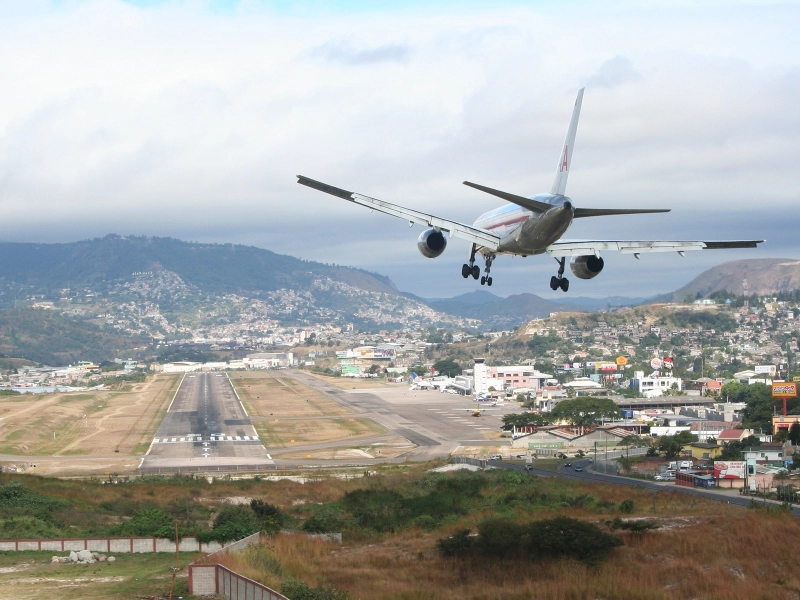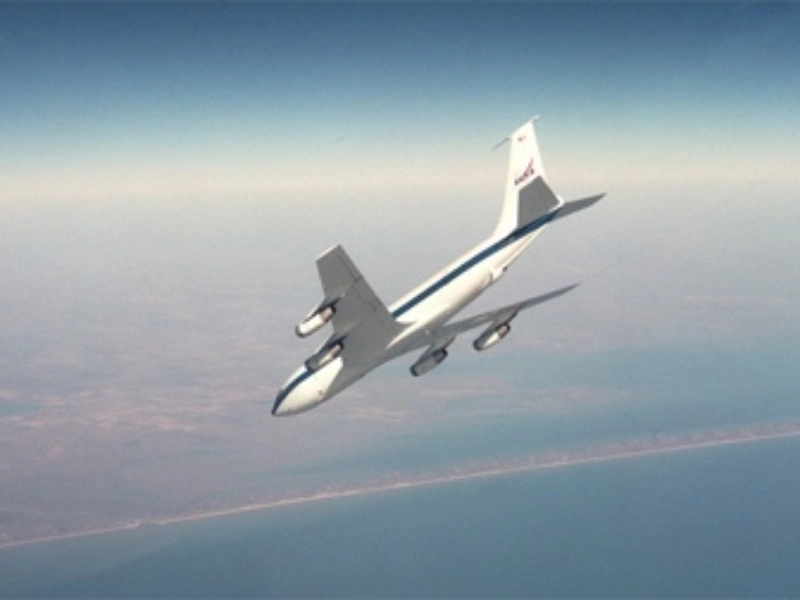Effective descent planning is a crucial ability for pilots to acquire. The pilot must determine when they are at their top of descent for a safe landing; ATC is not responsible for providing you with descent instructions.
You can use a basic calculation to determine when to begin dropping. One mile for every ten KIAS of airspeed you must lose, plus three miles for every 1,000 feet of altitude you must lose.
Point of Maximum Descent (TODP)

Advertisement
The time at which pilots begin descending to their destination airport is usually determined by air traffic control, or ATC. This is dependent upon the state of the airport, air traffic, the weather, and the flight plan of the aircraft. Small general aviation aircraft pilots can also compute top-of-descent points using their onboard equipment by utilising the aircraft's cruise altitude, the airport's pattern altitude, and published arrival protocols.
Divide your present altitude above pattern altitude by the distance you need to descend to reach pattern altitude to quickly get to the top of the descent point in your aircraft. This will tell you roughly when you should start lowering your power to start your descent. You will use more fuel and fly less effectively if you descend before this time. You can wait for ATC to provide you with clearance to descend at the pilot's discretion in order to prevent this. By doing this, you can make sure you have enough time to go to the airport without having to use all of the runway.
Rate of Top of Descent (TODR)

An early descent by a pilot might result in pressure fluctuations within the aircraft, frighten passengers, and cause concern for Air Traffic Control. Consequently, in order to land safely, pilots need to know when to begin their descent.
There are several techniques available to pilots for deciding when to begin their descent. They can make use of instrument approach charts that give precise heights and distances to the airport of destination, or they can employ published arrival protocols. The top of the descent point can also be found using onboard navigation systems, which compute it based on factors including speed, altitude, and rate of descent.
ATC will frequently grant permission to descend at the "pilot's discretion." This implies that the pilot, depending on their experience and preferences, can choose when to start their fall. Generally speaking, you should begin your descent 20 miles from the field. To compute this, take your cruise altitude, subtract the final three zeros from the value, then multiply the result by three.
Altitude of Maximum Descent (TODA)

When a pilot reaches the top of the descent height, the cruise phase ends and the descent to landing commences. Onboard flight management systems, documented arrival procedures, and instrument approach charts can all be used to calculate the altitude.
The capacity of their aircraft to descend steadily and the directions from air traffic control must be used by pilots to determine the time and altitude needed to reach their top of descent. Starting a descent too soon can frighten passengers by causing pressure changes in the cabin. The plane may consume fuel and become less effective if it is delayed.
The rule of three plus ten is a widely used method to determine when to begin a descent. This means that for every 1,000 feet of height that must be lost, one should allow approximately two minutes. For jets, which fly at a higher real airspeed and need more drag to maintain altitude, this makes sense.
Time of the Top of the Descent (TODT)

It is crucial to monitor your time as you decrease altitude during your descent. Furthermore, weather and runway conditions frequently force you to stray from your optimum descent profile. When entering the pattern or reaching the target airport, for instance, the flight crew may be authorised to vary from the predetermined descent rate and/or altitude.
Because of this, it's critical to be able to determine and indicate on your flight plan and VNAV screen where your point of descent is. In order to make sure you are below the necessary approach altitude, this enables ATC to grant you incremental descent clearances.
Using the ground speed of your aircraft is one of the simplest ways to find your TOD. As an illustration, a Cessna 172 travelling at 120 mph covers 2 miles per minute. With this information, you can easily calculate the expected descent time in minutes by deducting your cruise altitude from the flight plan.
Advertisement













